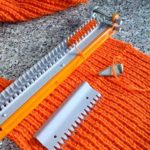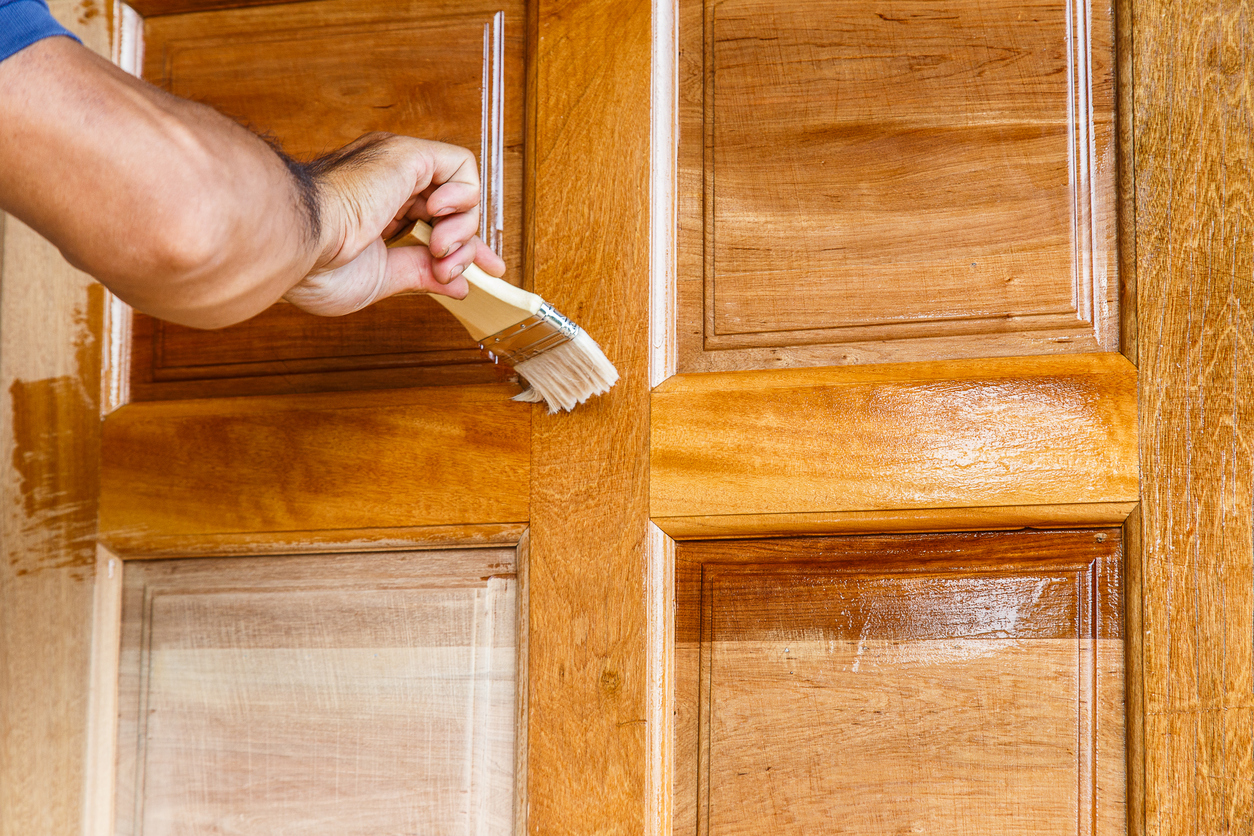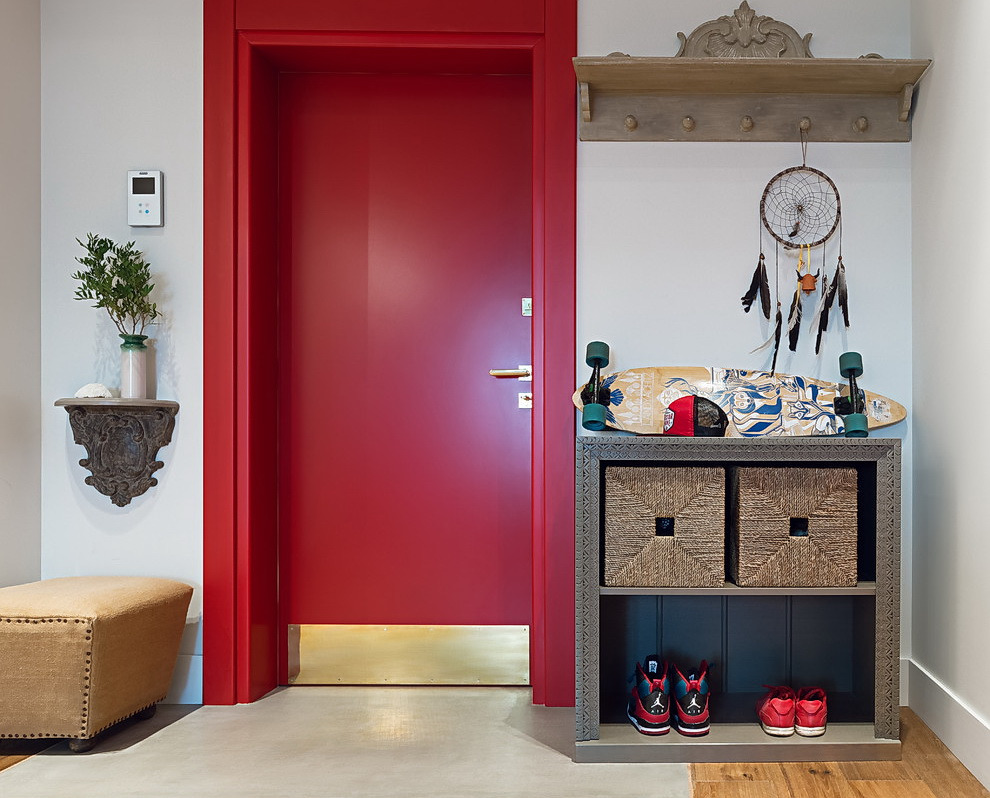How to install a door yourself
Having bought ourselves a brand new door - entrance, toilet or interior - it doesn’t matter, we are faced with a dilemma - save some money and install it yourself or call a specialist and part with a decent amount? It's up to you, but honestly, installing doors isn't rocket science. In this article we will figure out how and in what sequence doors are installed.
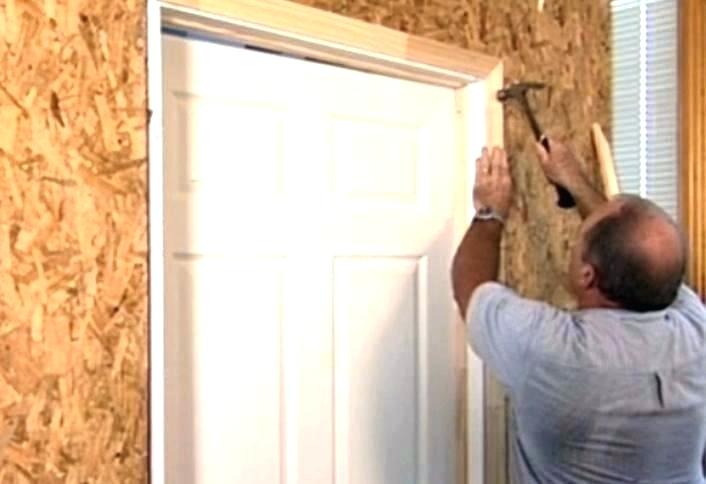
The content of the article
Choosing the right size door
Let's assume that you don't have bare walls at home, and you are replacing the door rather than installing it in an empty opening. After preliminary measurements (you made them, didn’t you?) purchase a canvas of the required size. How to calculate them? By dismantling the trim on the old doors. Anyway, without this, dismantling is not carried out. So, having removed the casing, they measure the dimensions of the old box. If you order a door made from woodwork, please indicate the resulting dimensions minus 15-20 millimeters under the mounting foam. I take the option when the old door, as was done back in the USSR, is held in the wall by mortgages.
For those who buy a product at the market or in a store, the algorithm is even simpler - you can measure the dimensions of the old door leaf. Most often, you don’t have to make a special choice - store doors vary in height 2000, and the width 600, 700, 800 or 900 millimeters. We choose something that is closest in size.
How to choose a platband
If you have plenty to choose from, take it. the widest casing. What will happen to the wall after dismantling the old door is still unknown. Maybe, for example, a piece of brick or a wooden mortgage falls out - this disgrace will need to be covered.
The casing should be taken with a margin of about 15-20 centimeters. Firstly, part of the length will be used for cutting, and secondly, there will be an adjustment to one angle. And thirdly, when cutting, you can make a mistake. And then a stick that is too short will have to be launched at the short ones. The moral of the story is: take only long poles. And provide a reserve of 10-15% of the total molding, if possible.
I recommend paying attention to the shape of the casing - it should be straight and not resemble a Turkish saber.
Removing the old door
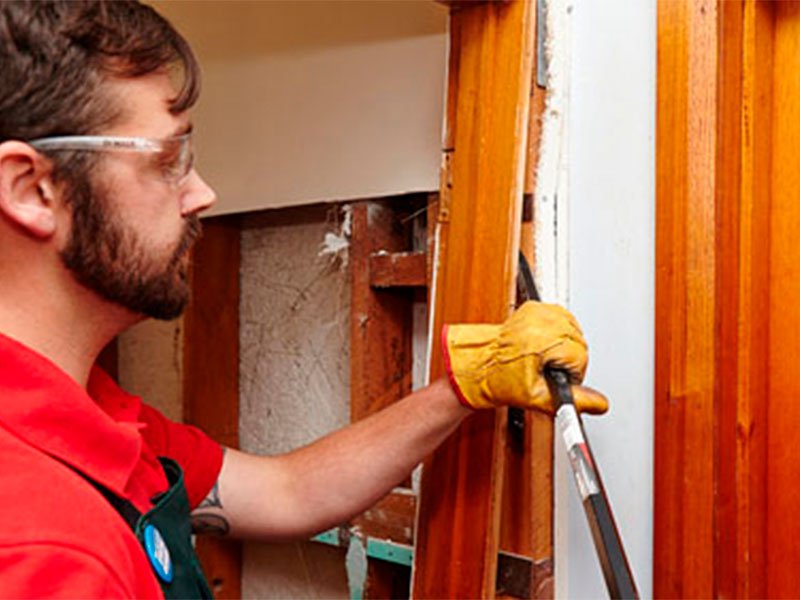
The process begins with dismantling, as already mentioned, the platband. Then the fabric is removed from the loops. If it doesn’t work, we help from below with a pry bar, placing a wooden block under it.
There are cases when the door stands in the middle of the opening, there is no casing (there is nowhere to put it), and there are slopes on both sides. The case is not fatal - unscrew the hinges either on the box or on the door, where it is easier.
So, the canvas has been removed. You have to make a strong-willed decision - whether the old door is needed. If needed, it is advisable to keep the box. This is a separate story, and labor costs during dismantling increase significantly. Here, each case is individual.
If the box is not needed, use a hacksaw and cut it castle pillar closer to the middle. Then, having threaded the pry bar, we begin to break it out from the lock side. Further dismantling is intuitive, I think. If necessary, you can make more cuts in the box to make the fuss easier.
Start of installation
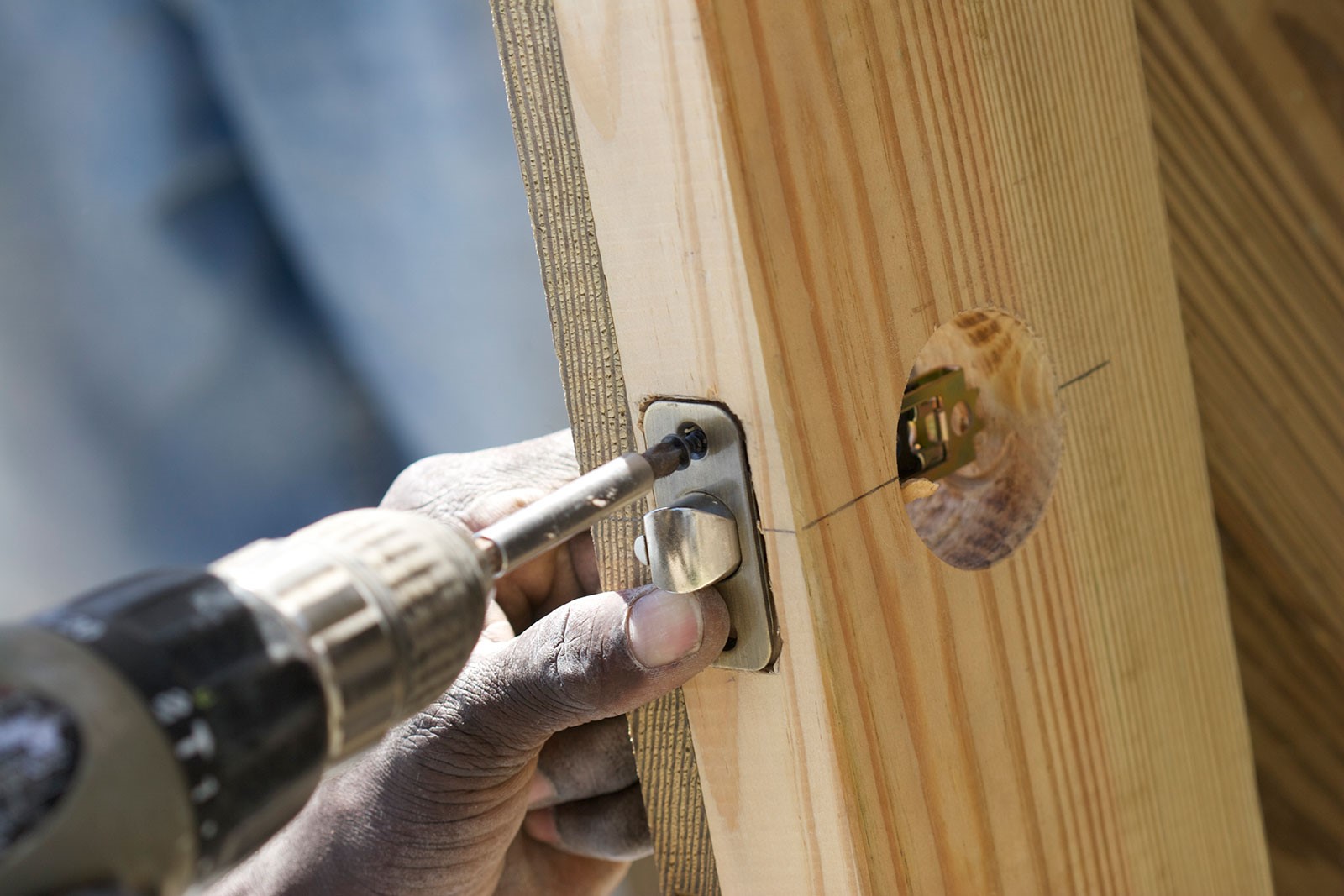
The first thing to do is take the canvas out of the box and screw on the fittings - hinges, lock and handles.We will assume that they are already hung, I have already described how this is done. If you are afraid of staining the door handles with polyurethane foam, you can screw them on after it has settled.
Next, cut from an unnecessary wooden block wedges at different (10-30 degrees) angles and different sizes.
The first priority is to stick the box into place in the opening. If you made a mistake in the measurements, and the box won’t fit - you have two options:
- you can expand the opening;
- Using a jointing machine, plan out part of the box.
I’ll say right away that the first option is preferable. But if, say, you hit the reinforcement in the wall or concrete, plan the box.
Deciding how to install the door - by level or by opening. Oddly enough, this does not always mean the same thing, especially in older houses. Installing the door out of level risks the fact that it will close or open on its own under its own weight. But if the plans for global repairs do not foresee, you can close your eyes to this and place the box along the opening.
Always start installation from the hinge side. The box is fixed in the opening using wedges. Once the hinge side of the box is exposed, you can secure it with drywall mounting plates.
Leveling
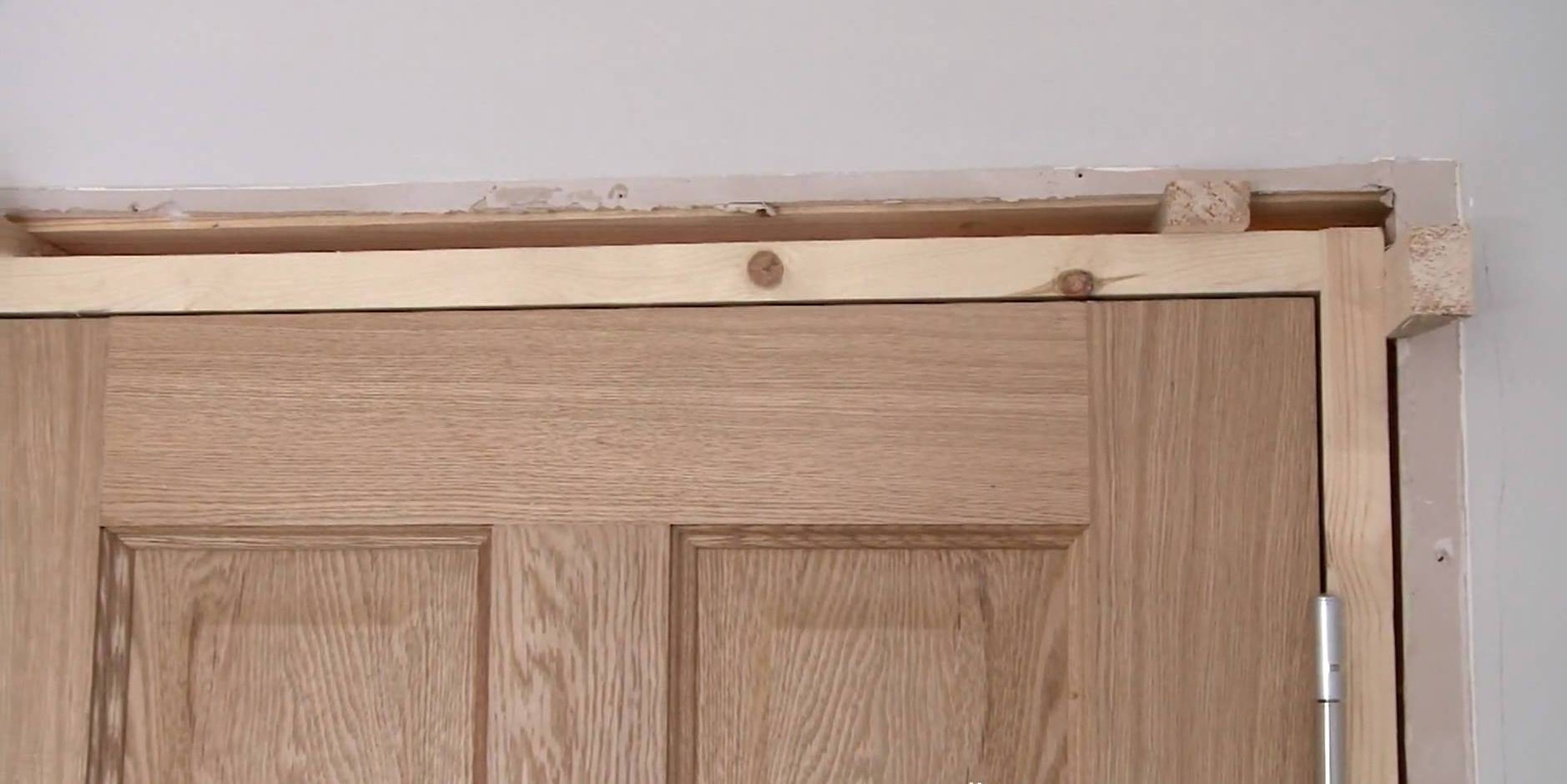
After making sure that the frame is securely fixed, we put the door on the hinges from top to bottom. If the opening does not allow this or the hinges are not removable, then we screw them in place with self-tapping screws, falling into the pre-made seats. The problem is more complicated, but solvable.
If the frame is level and the door is hung correctly, it will close without problems. Possible troubles at this stage:
- The door hooks the frame from above or below closer to the lock.The solution is to raise or lower the locking box stand.
- There is no vestibule when closing. This is visually reflected in the presence of a gap between the door and the frame in the locking part at the top while they are completely adjacent at the bottom, or vice versa. The solution is to move forward towards the door the part where there is a gap. Or vice versa - move the adjacent part.
- The door randomly opens or closes. This is due to the fact that the box (hinged side) is tilted forward or backward. The solution is to set it according to the level or leave it as is.
Further actions
Once the box is displayed, the fun begins. She is needed fix, blowing out the gaps with foam.
The door is closed, and into the gaps around the perimeter they put pieces of hardboard 3-5 mm thick. If this is not done, the expanding foam will deform the frame and the door will not close. You may not even be able to open the door.
Foam gun allows you to smoothly adjust the supply of foam and save its consumption by 20-30%. The opening is blown from bottom to top gradually, taking into account the fact that the foam expands 2-3 times. Do not rush with blowing, otherwise the foam will begin to come out and may end up on the frame and door leaf. Scrubbing it off is long and unpleasant.
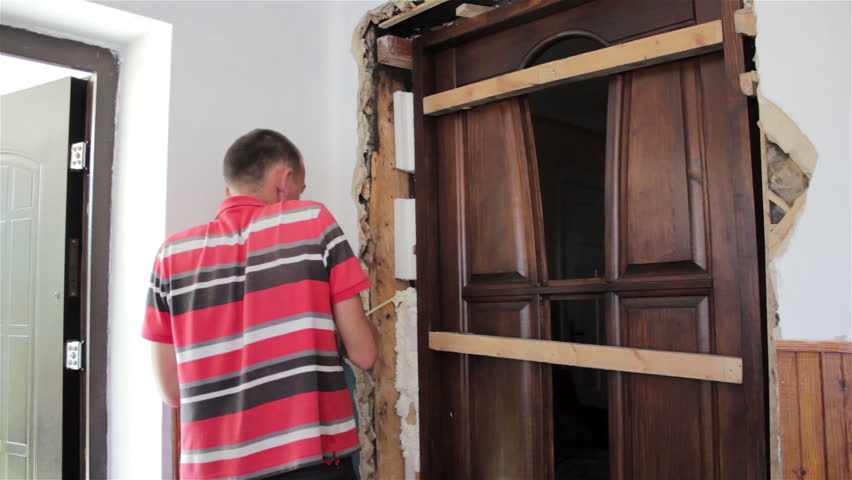
Wait a day after blowing, then cut off the excess foam. After this, you can install a strike plate from the lock on the box; it is marked and mounted at this stage, not earlier. The wedges on which the box was held are carefully sawed off with a hacksaw and hidden under the casing.
Platband installation
If necessary, the box is covered with platband. It is carefully cut “on the miter”, that is, at 45 degrees, using a hacksaw and miter box or a miter saw. The casing is placed so that the door leaf does not catch on it when closing.About 3-5 millimeters retreat from the inner edge of the end. Installation is carried out on copper-plated nails with small heads. They are fastened firmly, but in such a way that the casing does not have to be broken during dismantling.
Here's the whole process in brief. In fact, there are many installation nuances that you will have to learn on your own during the installation process.

